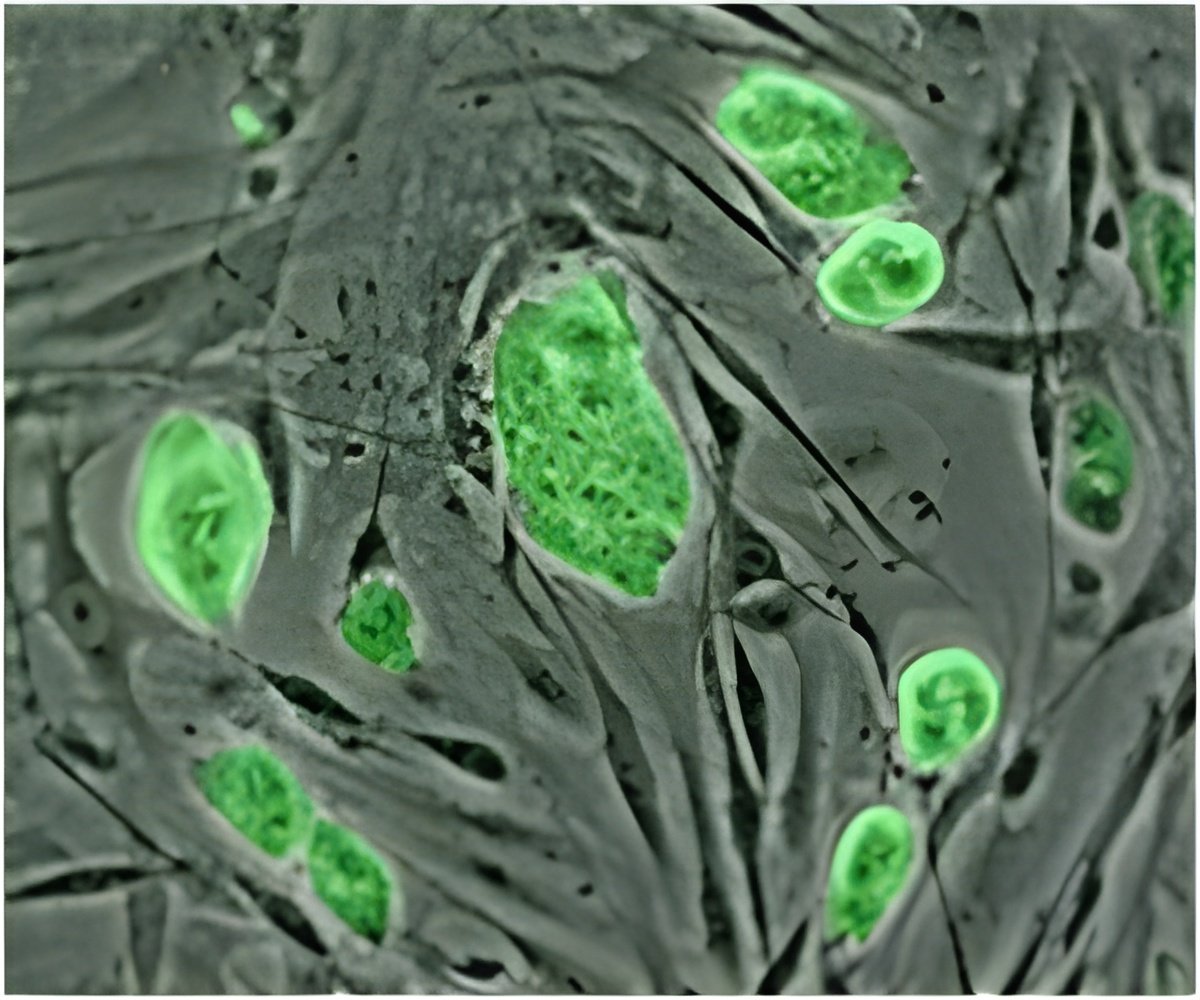
‘A mechanism enabling the production of cellular diversity in the developing nervous system has been discovered by ICRM researchers. This could improve the protocols to 'program' stem cells to generate a particular cell type of interest.’
Tweet it Now
To investigate this phenomenon, the IRCM team hypothesized that the orientation of stem cell division influences cell diversification. Carine Monat, co-first author of the study, said, "To illustrate this idea, let's suppose that we have on a table a red apple with the top part green and the bottom part red. If the apple is cut perpendicularly to the table, we will have two identical pieces with red and green parts; but if we cut it parallel, the pieces will be different from each other, one red and one green." The researchers demonstrated that a gene named SAPCD2 influences cell division orientation. Moreover, they confirmed that the orientation of division controls daughter cell fates in vivo. To do this, they studied mouse retinal stem cells that were genetically engineered to express or not the SAPCD2 gene. Carine Monat said, "In the absence of SAPCD2, a good proportion of the divisions changed orientation and the daughter cells produced were different. However, in the presence of the gene, the daughter cells produced were identical." Therefore, the gene controls stem cell division orientation, which in turn affects cell diversification.
This discovery could improve the protocols to 'program' stem cells to generate a particular cell type of interest, like specific retinal cells that degenerate in diseases causing blindness. These would then be implanted in a patient to regenerate damaged tissues. Furthermore, this study will help design more targeted approaches to slow down tumor progression. Indeed, disruptions in cell division orientation were observed in some cancers, and the SAPCD2 gene has been previously linked to the development of tumors.
Source-Eurekalert













